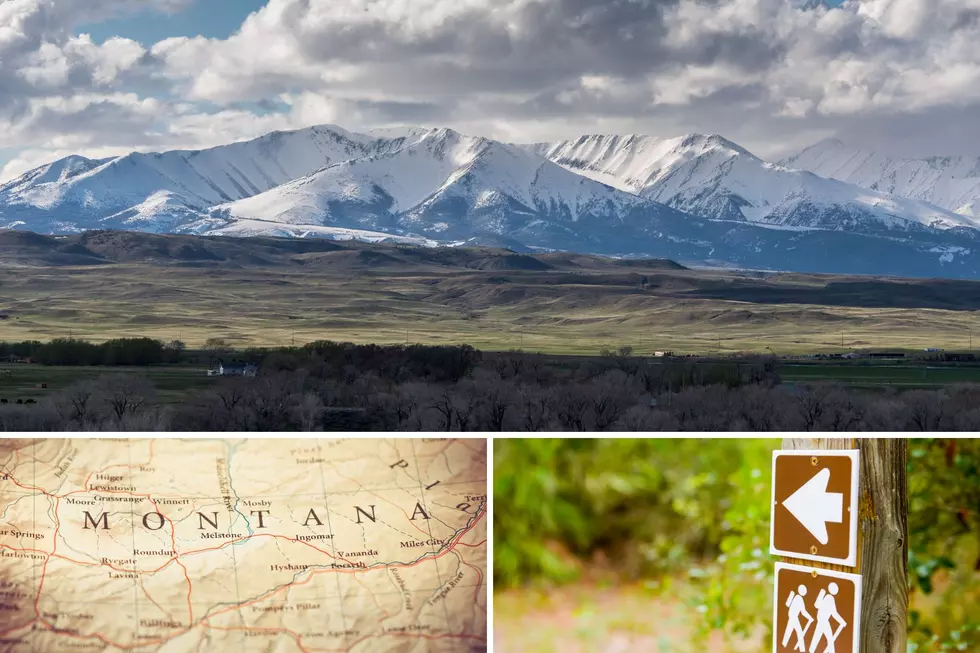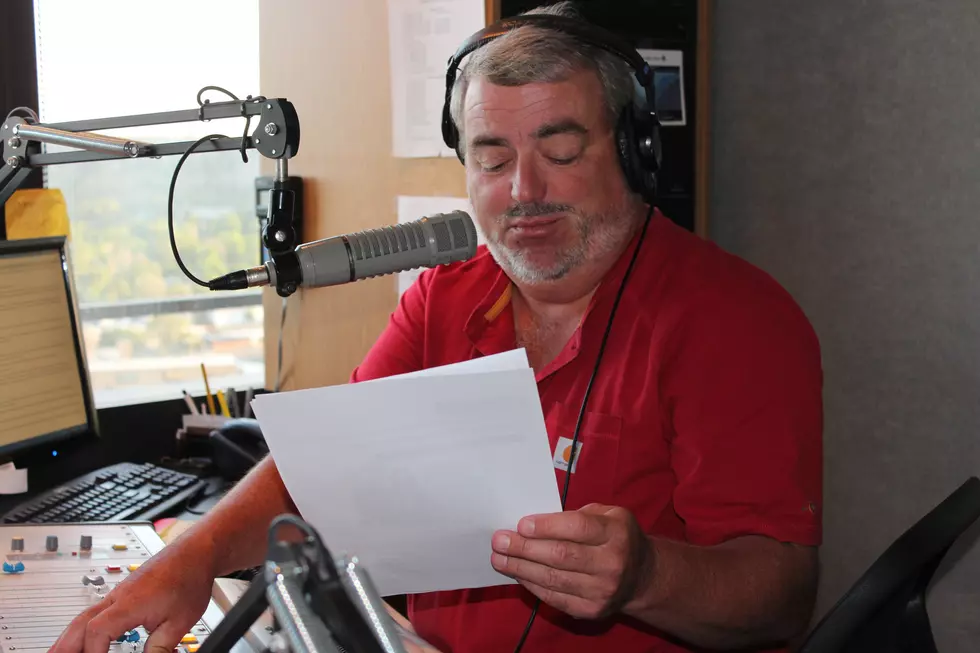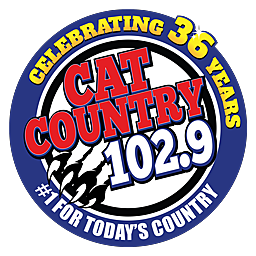
Open Letter: A Montana-Driven Solution to Access in the Crazies
What's the story with the land access agreement in the Crazy Mountains of Montana? Here's an open letter shared with us by Lorents Grosfield, a former Montana lawmaker and third-generation cattle rancher from Big Timber.
A Montana-Driven Solution to Access in the Crazy Mountains
By Lorents Grosfield
As a third-generation cattle rancher and a former three-term Senate member of the Montana Legislature, I have seen firsthand the power of Montanans rolling up their sleeves and working collaboratively to achieve a common goal. It’s the Montana way.
Our family’s multi-generational ranch, located northwest of Big Timber, is a stone’s throw away from the jagged and awe-inspiring Crazy Mountain island range.
For over 5 years now, I have witnessed a diversity of Montanans coming together to solve a complex problem on the east side of the Crazy Mountains: the “checkerboarding” of public and private parcels of land.
For those unfamiliar, the term checkerboarding comes from the pattern of alternating public and private sections of land, resulting from railroad land grants from the US government back in the late 1800s. This pattern of ownership is not uncommon in ranges across the mountain west.
Confusion and general strife over mixed ownership boundaries and the desire to eliminate some checkerboarding led to the formation of an informal working group that met in Big Timber and Livingston for over 5 years trying to address problems caused by the checkerboarded ownership in the northeast Crazies. This working group laid the foundation for the creation of the Crazy Mountain Access Project (CMAP), made up of some members of the working group, including representatives of public land users, ranchers, tribal voices, and conservation organizations. All involved had two shared characteristics: they were Montanans, and they were committed to finding a solution.
After a few years of negotiating and open houses in multiple cities including my hometown, a land exchange proposal was submitted to the U.S Forest Service (USFS) for consideration. The exchange also addressed a smaller scale land swap in the Madison mountain range. After review, the USFS initiated the lengthy administrative land exchange process and ultimately proposed the “East Crazy Inspirational Divide Land Exchange.”
By trading 3,855 federal acres of land for 6,110 acres of private land, the exchange will result in a legal easement and ensured legal perpetual public access for hikers, horsemen, sportsmen and recreationalists. On the east side of the Crazies, this results in a 20 square mile block of contiguous public lands without checkerboarded ownership. It will also help preserve the Crazy Mountains’ existing character by reducing the potential for development on approximately 10 sections of private lands that are currently comingled with Forest Service lands. Private landowners have further agreed to place restrictions on subdivision and mineral development for certain lands to be received in the exchange.
The Forest Service’s proposal will create legal perpetual public access between Big Timber Creek and Sweet Grass Creek, result in a new 40-mile public loop trail through and around the northeastern Crazies, and provide the public with significant trailhead improvements including additional public parking at the Big Timber Creek Campground. This non-motorized (foot and horse) 40-mile public trail is in keeping with the recent revisions to the Custer Gallatin National Forest Plan, which created a recommended wilderness area and significant backcountry designations in this part of the Crazies, which designations were sought by conservation organizations.
After multiple public comment periods that resulted in enhancements to the exchange to benefit the public, the USFS is nearing the end of this years-long process.
While not everyone got all of what they wanted in the process, all were committed to the final goal of consolidating large swaths of public land, increasing public access, and respecting private property. I’m encouraged to see Montanans come together to solve a challenge as great as checkerboarded land.
Lorents Grosfield is a third-generation cattle rancher from Big Timber, who served as a Republican in the Montana Legislature for three terms. He was chairman of the Senate Natural Resources Committee where his primary focus was natural resources issues, with an emphasis on water legislation. He served on the Reserved Water Rights Compact Commission from 1991-1995 and again from 2003-2007.
Agree? Disagree? Send us your feedback via the app or by e-mailing aaron (at) montanatalks.com
LOOK: 20 American foods that raise eyebrows outside of the US
Gallery Credit: Charlotte Barnett
More From Cat Country 102.9



![Dustin Lynch Turns Downtown Nashville Into the Beach for ‘Fish in the Sea’ Video [Watch]](http://townsquare.media/site/204/files/2022/07/attachment-Screen-Shot-2022-07-01-at-2.29.09-PM.jpg?w=980&q=75)





